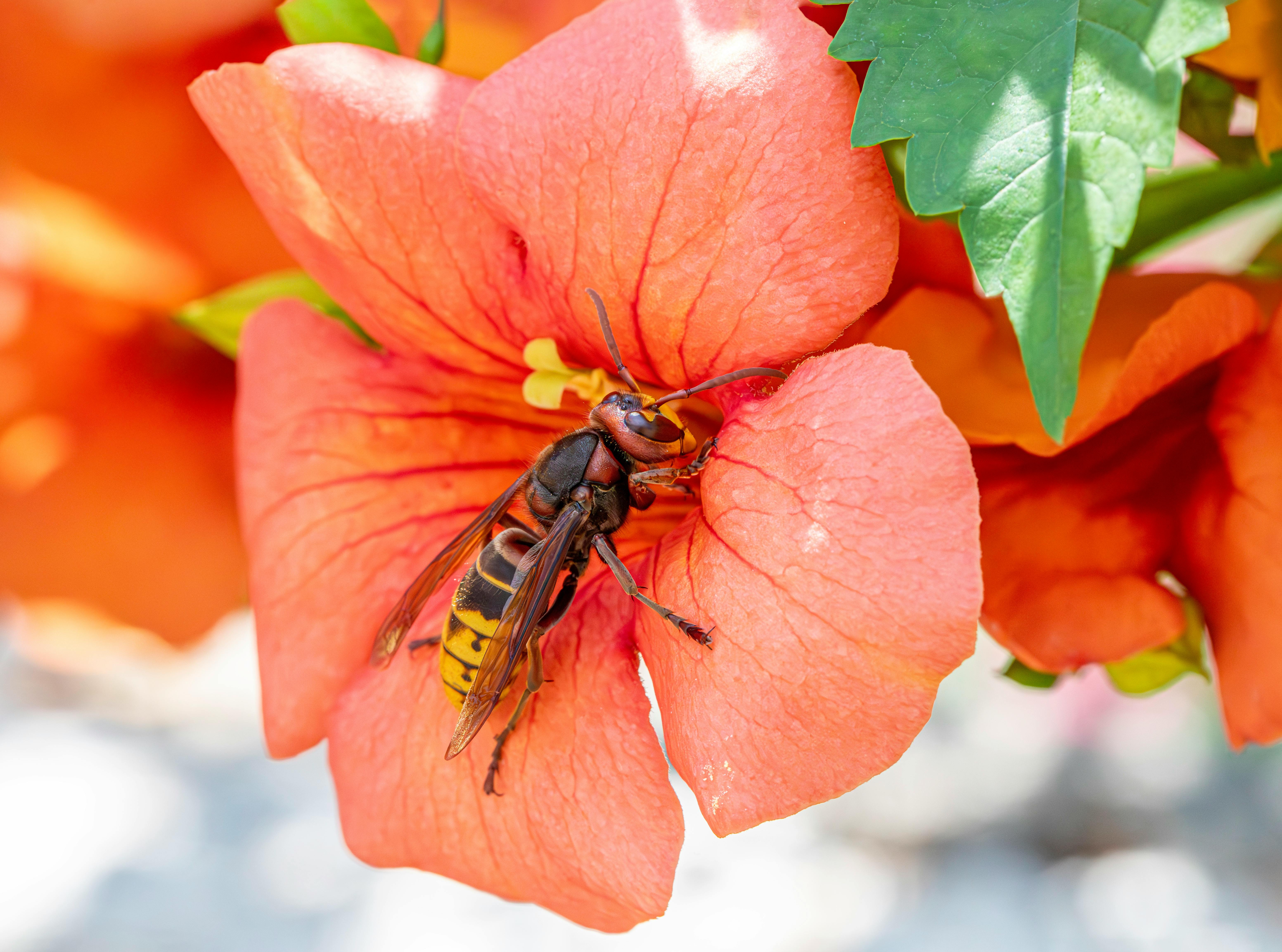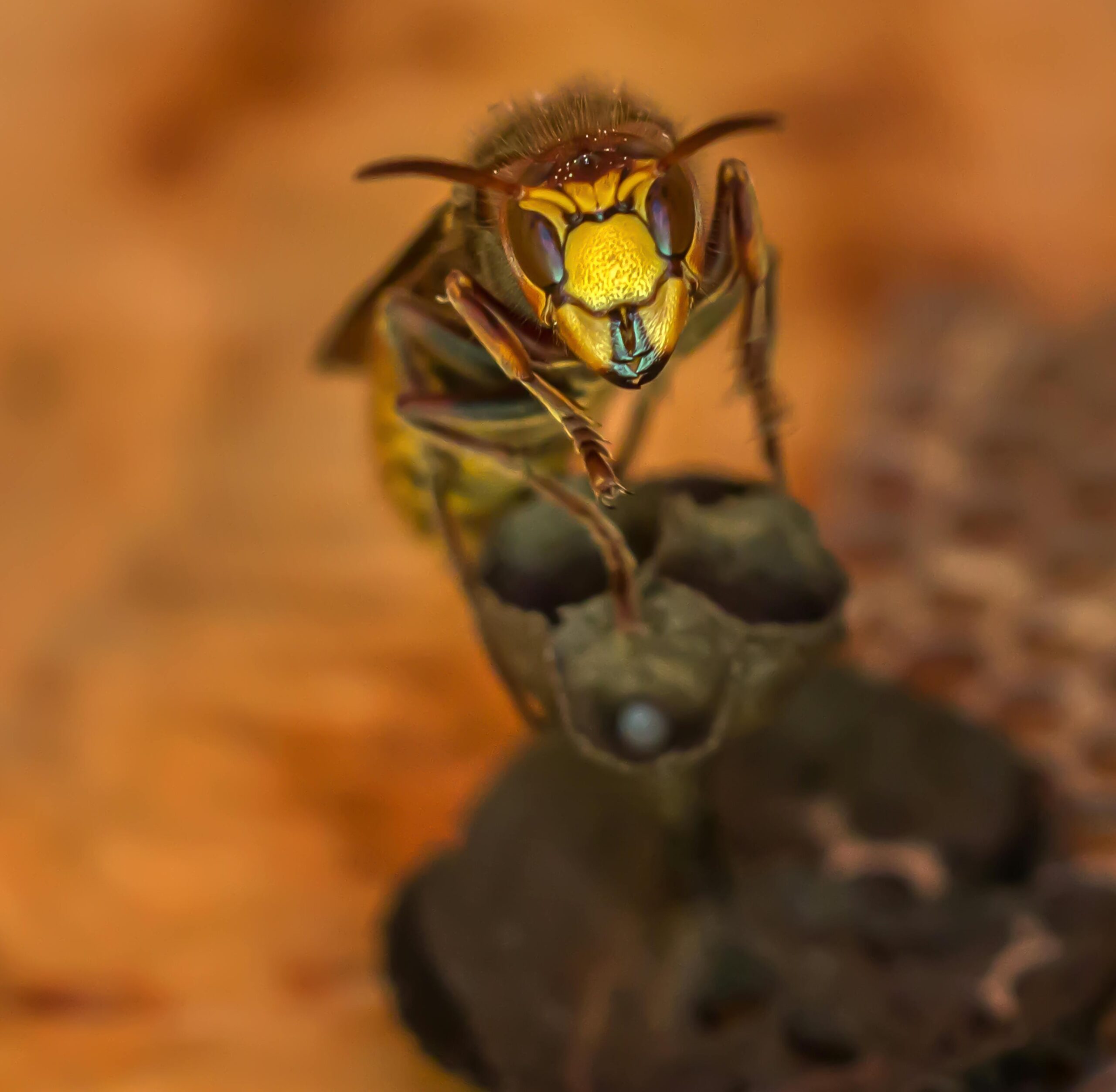Hornissennest: Understanding the Fascinating World of Hornet Nests
The Structure and Significance of Hornissennest
Hornissennest, commonly known as hornet nests, are fascinating architectural achievements in the insect world. These well-structured nests serve as the home and breeding ground for hornets, which are social wasps. The nests are typically made from chewed wood fiber mixed with saliva, resulting in a paper-like material that is strong yet lightweight. This unique composition allows the nest to withstand various environmental conditions, making it an ideal shelter for the colony. Each hornissennest can house hundreds to thousands of hornets, depending on the species and location.

How Hornissennest is Built
The construction of a hornissennest begins with a queen hornet, who starts the nest in early spring. She seeks a sheltered spot, often in trees, bushes, or even human structures, to create a secure environment. The queen collects wood fibers from dead trees or fences, chewing them into a pulp to form the first walls of the nest. As the nest expands, workers emerge, helping to build and maintain the structure. This cooperative effort ensures that the nest can grow and develop a thriving colony.
Ecological Importance of Hornissennest
Hornissennest plays a critical role in maintaining ecological balance. Hornets are essential predators that help control pest populations, such as flies, caterpillars, and other insects. By feeding on these pests, hornets indirectly support plant health and agricultural productivity. Additionally, the nests themselves can serve as habitats for various other organisms, fostering biodiversity within the ecosystem. Understanding the ecological significance of hornets and their nests can lead to better coexistence strategies for communities living near hornissennest.
Identifying Hornissennest: What to Look For
Identifying hornissennest can be remarkably straightforward if you know what to look for. Typically, these nests are larger than those of other wasps, often resembling a grayish, paper-like ball or a teardrop shape. When approached, a hornet nest may be active with numerous hornets entering and exiting. The entrance is usually located at the bottom of the structure, providing an easy access point for the colony. It is crucial to observe from a safe distance to avoid provoking these defensive insects.
Common Locations for Hornissennest
Hornissennest can often be found in various locations. They prefer sites that offer some level of protection from harsh weather, such as tree branches, building eaves, or inside hollow logs. Urban environments may also host hornet nests, particularly around patios, roof spaces, or garages. Recognizing these common nesting sites can be beneficial for homeowners looking to prevent unwanted hornet activity. Regular inspection of your property can help manage potential infestations before they become a more significant issue.
Potential Risks Associated with Hornissennest
While hornets play an essential ecological role, hornissennest can pose risks, especially when nests are located near human activity. Hornets can become aggressive when their nest is threatened and may sting multiple times in defense. Their stings can be particularly dangerous for individuals allergic to insect venoms. Therefore, it is important to take precautions when dealing with a hornet nest; if a nest is found in a problematic area, seeking professional pest control services may be the safest approach.
Interacting with Hornissennest: Tips and Precautions
Interacting with hornissennest safely requires knowledge and caution. Individuals should avoid disturbing hornet nests whenever possible, as the resulting agitation can trigger aggressive behavior from the hornets. If you need to work near a nest, wear protective clothing, and consider using a smoker or insect repellent specifically designed for hornets. These methods can help mask your presence and make your task safer. Understanding hornet behavior can also inform your approach when confronting a nest situation.
When to Seek Help for Hornissennest Removal
If a hornissennest poses a significant threat to your safety or living environment, it is time to consider professional assistance. Signs that it’s best to seek help include larger-than-usual nests or aggressive hornet behavior when you’re near the nest. Pest control professionals are trained to handle such situations safely and humanely. They will assess the nest and determine the best course of action, ensuring that both you and the hornets remain safe.
DIY Methods for Deterring Hornissennest
While professional removal is recommended for large nests or aggressive hornets, there are some DIY methods to deter hornets from establishing nests near your space. For instance, sealing entry points around your home, such as gaps in windows and doors, can help prevent them from finding shelter. Additionally, hanging artificial hornet nests can sometimes trick hornets into thinking that a colony is already established in the area, thus deterring them from building a nest nearby. However, these solutions should be approached with caution.
Hornissennest: Cultural and Mythological Perspectives
Hornissennest has also found its place in various cultural and mythological contexts. In many cultures, hornets are often associated with strength, cooperation, and protection. Their nests have been regarded as mysterious structures, symbolizing the community and the protection of the queen. Additionally, in folklore, hornets and their nests may represent warnings or omens, sometimes indicating impending challenges or societal changes. Exploring these cultural connections can enrich our understanding of humanity’s relationship with nature.
Folklore and Hornets
Many societies have developed folklore around hornets and their nests. For example, in some traditions, hornets are seen as harbingers of change, suggesting that one should prepare for impending transformations in life. Other cultures may use the structure of hornissennest as a metaphor for organisation and cooperation among community members. Sharing these stories can create a deeper appreciation of these remarkable insects and their intricate habitats.
Modern Uses of Hornissennest in Art and Design
In contemporary art and design, the aesthetic appeal of hornissennest has captured the imagination of many artists. Their intricate designs and formidable structures serve as inspiration for various artworks, from sculptures to architectural designs. Additionally, some designers incorporate natural motifs inspired by hornet nests into their creations, emphasizing themes of nature and resilience. Exploring these modern interpretations can showcase the connection between nature and human creativity.
Key Takeaways
- Hornissennest represents essential social structures for hornet colonies, built primarily from wood fibers.
- Identifying these nests involves observing their size, shape, and location around trees or buildings.
- Safety precautions should be taken when interacting with hornet nests due to potential aggressive behavior.
- Cultural perspectives on hornets offer insight into their symbolism and importance in various societies.
- Art and modern design have found inspiration in the unique structure and look of hornissennest.
FAQ
1. What are the primary materials used in building hornissennest?
Hornissennest is primarily constructed from chewed wood fibers mixed with saliva, resulting in a paper-like substance that comprises the walls of the nest. This unique material makes the nests surprisingly strong and resistant to weather conditions, allowing the hornet colony to thrive.
2. How can I safely remove a small hornissennest without professional help?
For small hornissennest, it is recommended to wear protective clothing and spray the nest with a hornet-specific insecticide during the evening when hornets are less active. Approach with caution and ensure you have a clear path for escape in case of aggression. However, it’s safer to call professionals for larger nests.
3. Are hornets beneficial to the environment?
Yes, hornets play a significant role in controlling pest populations, as they feed on various insects that can harm plants. Their ecological contribution helps maintain a balance in the environments they inhabit, making them an essential part of the ecosystem.
4. Can hornissennest lead to allergic reactions?
Hornet stings can cause allergic reactions, ranging from mild irritation to severe anaphylactic reactions. Individuals with known allergies to insect stings should take extra precautions or consult medical professionals if they find a hornet nest nearby.
5. What are some signs of a hornissennest infestation?
Signs of a hornissennest infestation include increased hornet activity around your property, visible nests in trees or eaves, and a sudden presence of hornets in areas where they were previously absent. Observing these indicators early can help you manage the situation promptly.
